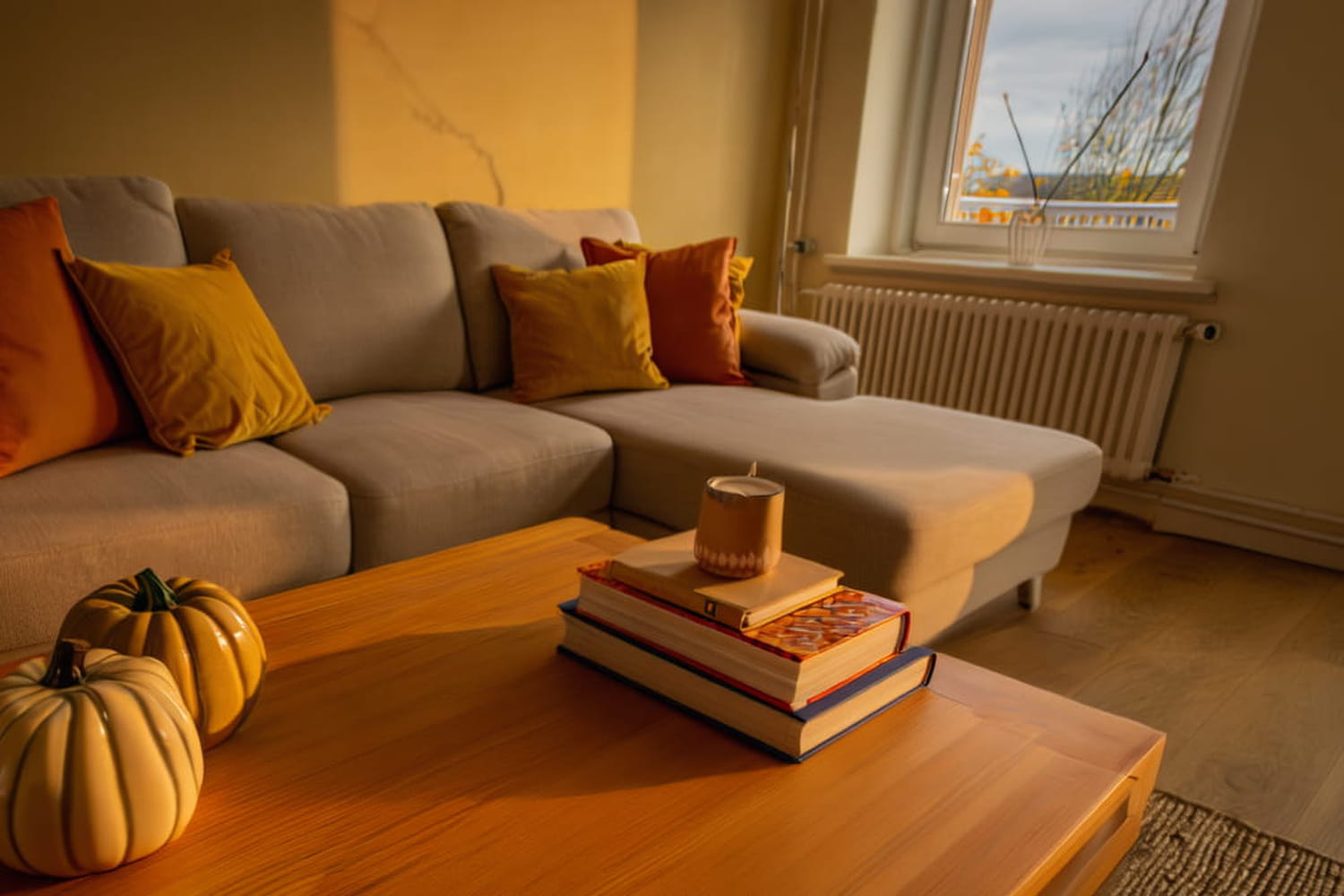Every year they warn of a mistake that many people make inadvertently. Apparently not serious, it is nevertheless enough to make the heating less efficient and to increase the bill.
It’s advice we hear every year as soon as the temperatures drop. Too bad it often remains relegated to the background, drowned out among the many actions to adopt to properly heat your interior. Heating engineers make it almost a golden rule: there is one thing that absolutely must not be left on a radiator, otherwise you will lose comfort, safety and even money.
With the cold season, our radiators come back into service. We make sure that they work, that they don’t leak, that they are properly purged. But very few people think about another, much more discreet detail. Some cover their devices with a damp cloth to diffuse scents, others place clothes on them to dry, or small decorations. Bad idea, the professionals concede, even if it is not the worst. What they fear is something else, much less visible, but just as harmful.
Heating engineers notice the same phenomenon during their maintenance visits: most radiators contain a thin layer of material which disrupts the rise in temperature and increases bills. Unsurprisingly, devices forced to compensate for this inconvenience consume more energy.
This is what all the technicians point out: the dust not removed from the radiators. By accumulating between the fins or behind the panels, it acts as an insulating barrier. Result: up to 15% lost performance according to some professionals, drier ambient air and a feeling of less homogeneous heat in the rooms. As a bonus, the burned dust gives off an unpleasant odor, even irritating to the respiratory tract.
Nothing could be easier, however, than preventing this inconvenience: simply turn off the device and, once cooled, dust it with a dry cloth or a vacuum cleaner brush attachment, paying particular attention to the gaps. For a thorough cleaning, you can use a fine brush and finish with a damp cloth. This routine action, to be repeated two or three times during the season, ensures comfort and savings all winter long.


